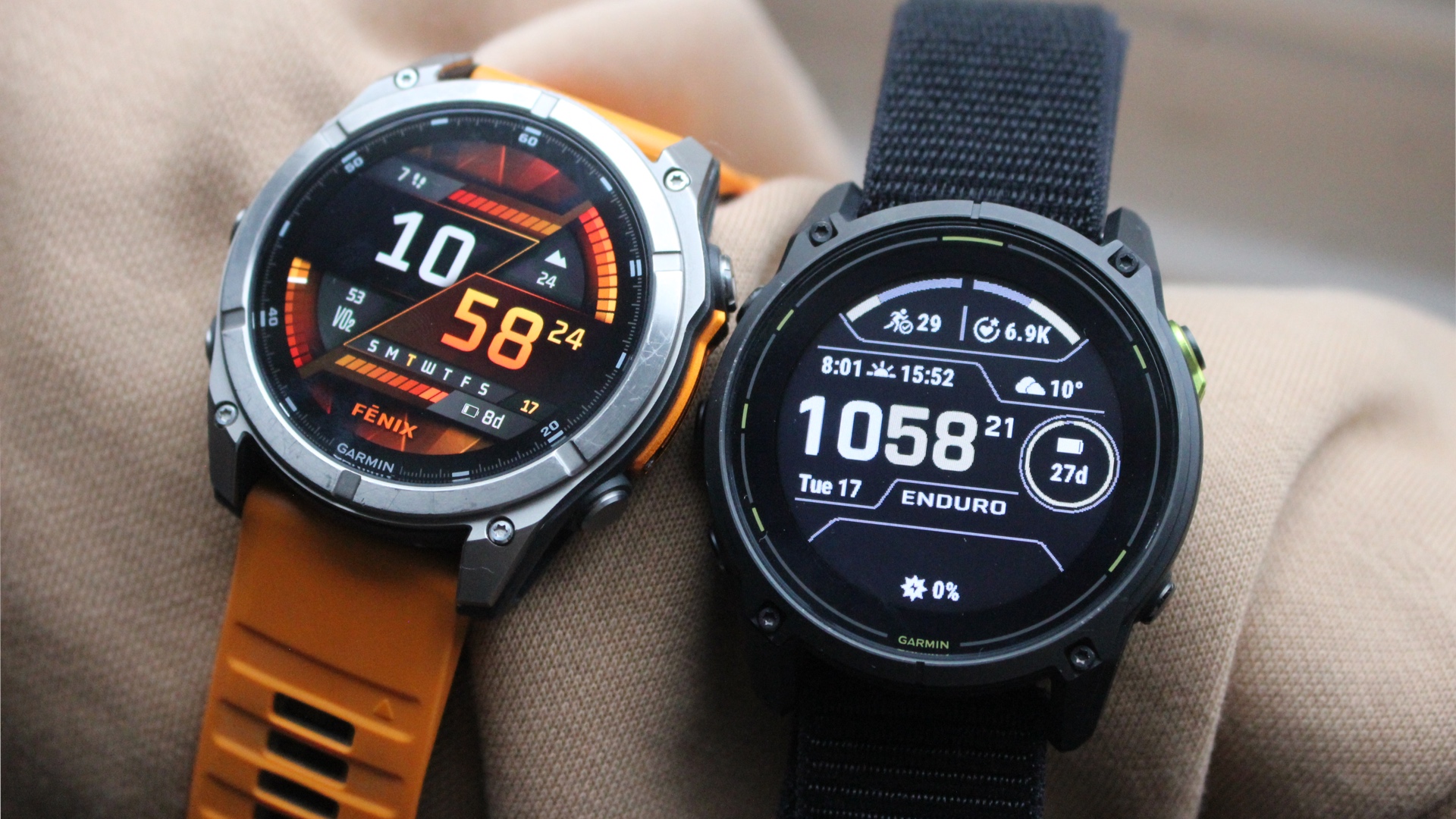After the recent successful mission of GSLV F05, the Indian Space Research Organisation (ISRO) is gearing up to launch two or three GSLV-MkII missions every year. The India-born space agency has registered a hat-trick of successes with the successful launch of the GSLV F05 mission on September 8. The GSLV F05 vehicle placed a huge INSAT-3DR satellite into the geostationary transfer orbit.
Commenting on the development, ISRO chairman AS. Kiran Kumar revealed that they had a very successful flight of GSLV-MkII. This is third consecutive GSLV-Mk II launch with the indigenously developed cryogenic upper stage. Kumar said that in August 2015, the space agency did a textbook precision launch of GSLV-D6.
Two-three GSLV-MkII missions every year
The main aim of the ISRO is to launch two-three GSLV-MkII missions every year in the coming years not only for the innovation in science but also for the benefit of the country, Kumar added.
GSLV F05 was a fantastic mission
Responding to media, project director Uma Maheshwaran said that the successful launch of GSLV F05 on September 8 was a fantastic mission. In fact, both PSLV and GSLV saw several hat-tricks. The main challenge was to deploy the heaviest satellite onboard and they managed to achieve it despite an initial hurdle.
GSLV rockets make use of the indigenous cryogenic upper stage are designated GSLV Mk II. Kumar responded by stating that the ISRO has been working on launching mission specific vehicles to Venus or to asteroids. There are reports that ISRO is gearing up to launch the ScatSat in two to three weeks followed by the GSLV-MkIII.
ISRO reveals future roadmap
Revealing the roadmap of ISRO clearly, Kumar said that they are planning to launch the communication satellite, SAARC satellite, Earth observation satellite. After that, they will launch Chandrayaan-II followed by ISRO-NASA mission. Meanwhile, the proposed launch of ADITYA is also in progress in full swing.
He said that ISRO is also planning to launch MARS Mission II including satellites to Venus and Asteroids. He declined to reveal any information and aid that the discussions are going on in a fast paced manner.
The September 8 mission placed the INSAT-3DR satellite at 169.7 km instead of 170 km. This indicates textbook precision. The whole unit including the crucial cryogenic stage performed exceptionally well throughout the journey.








